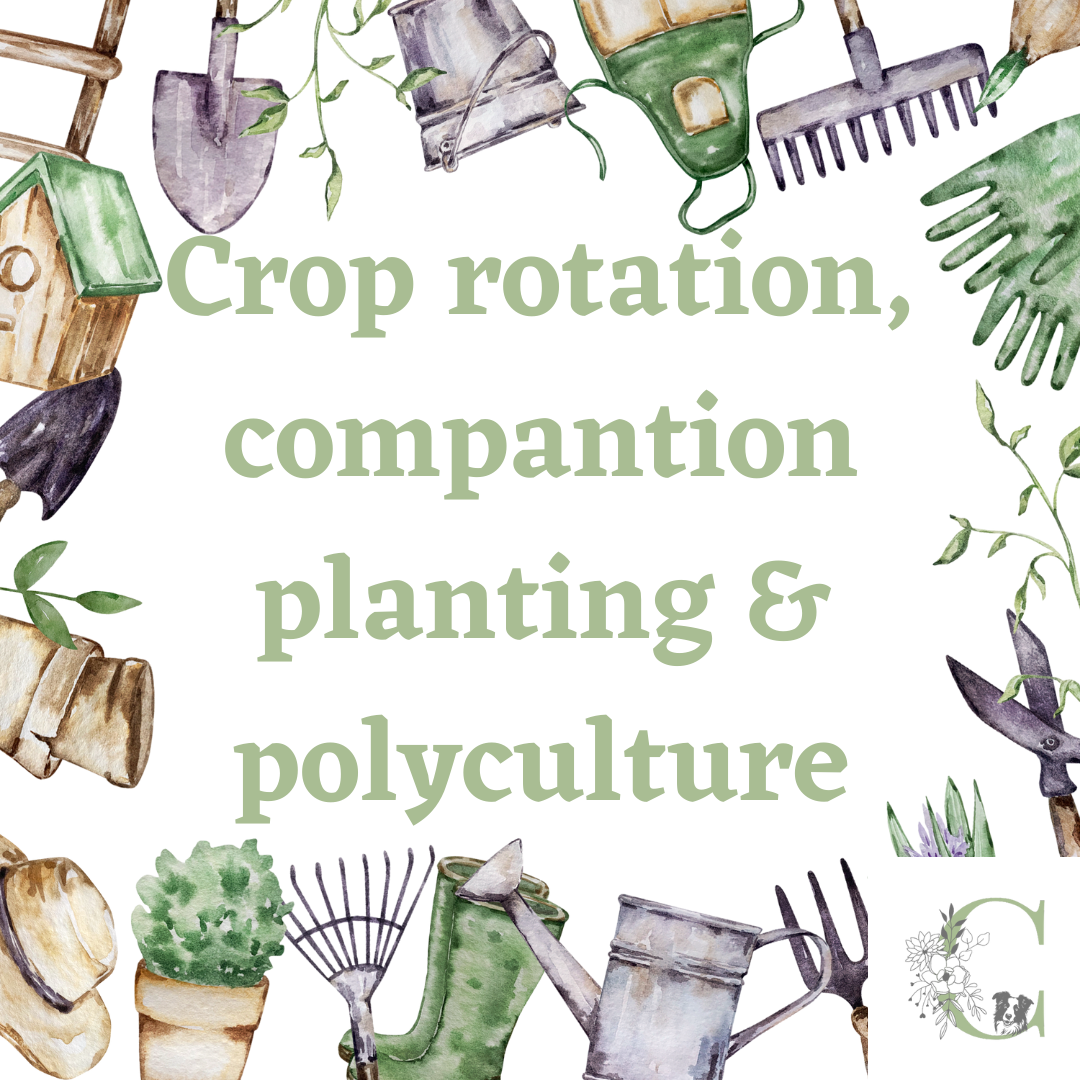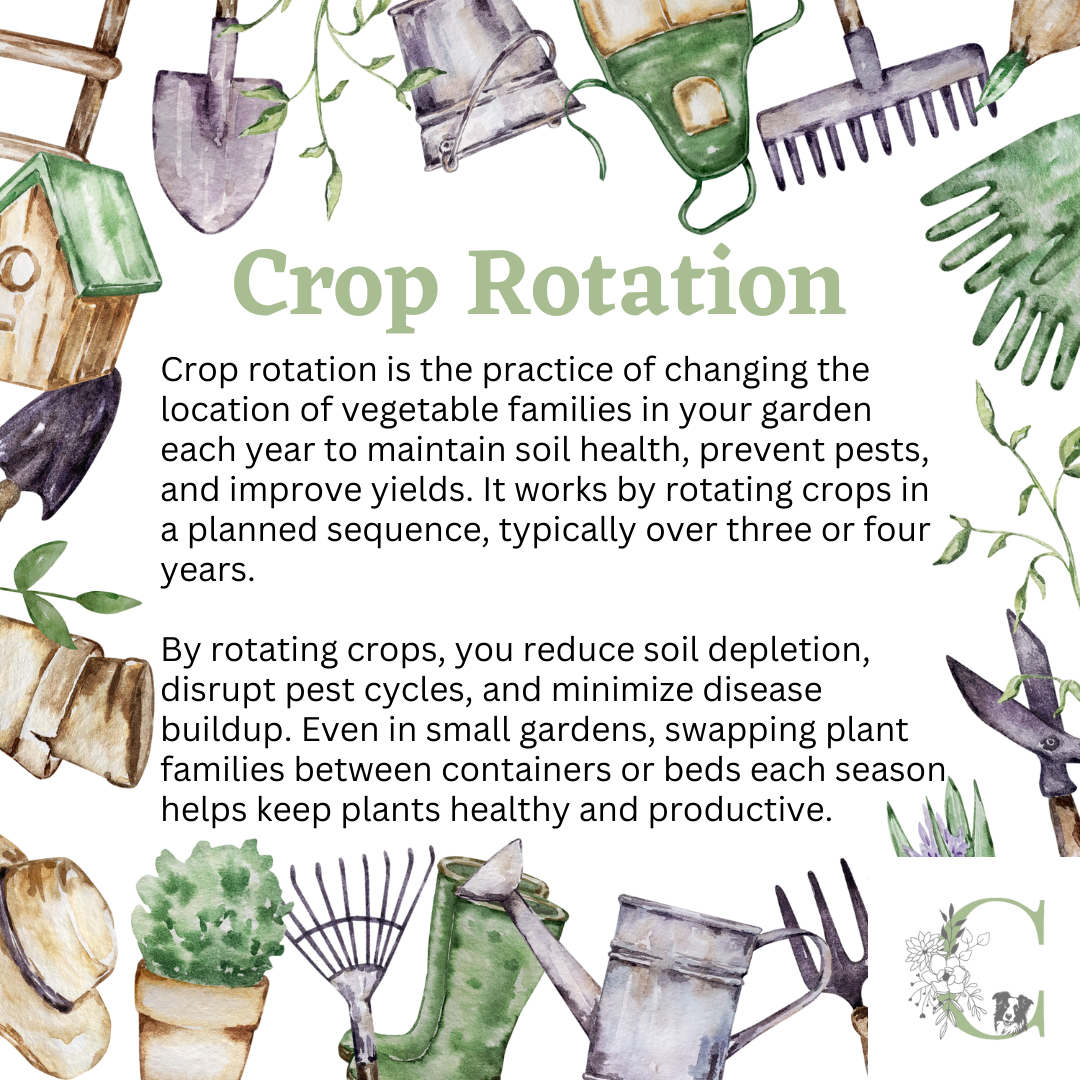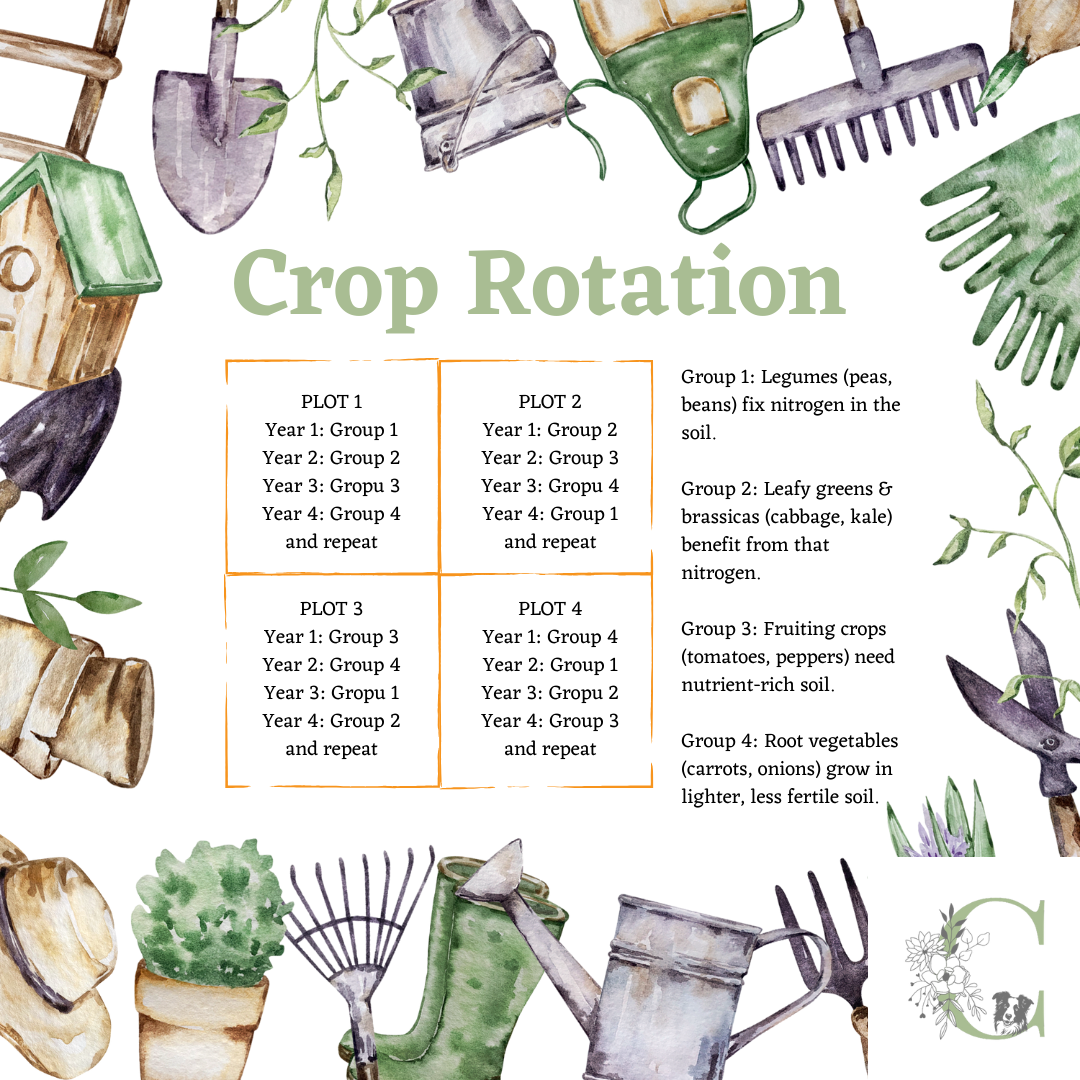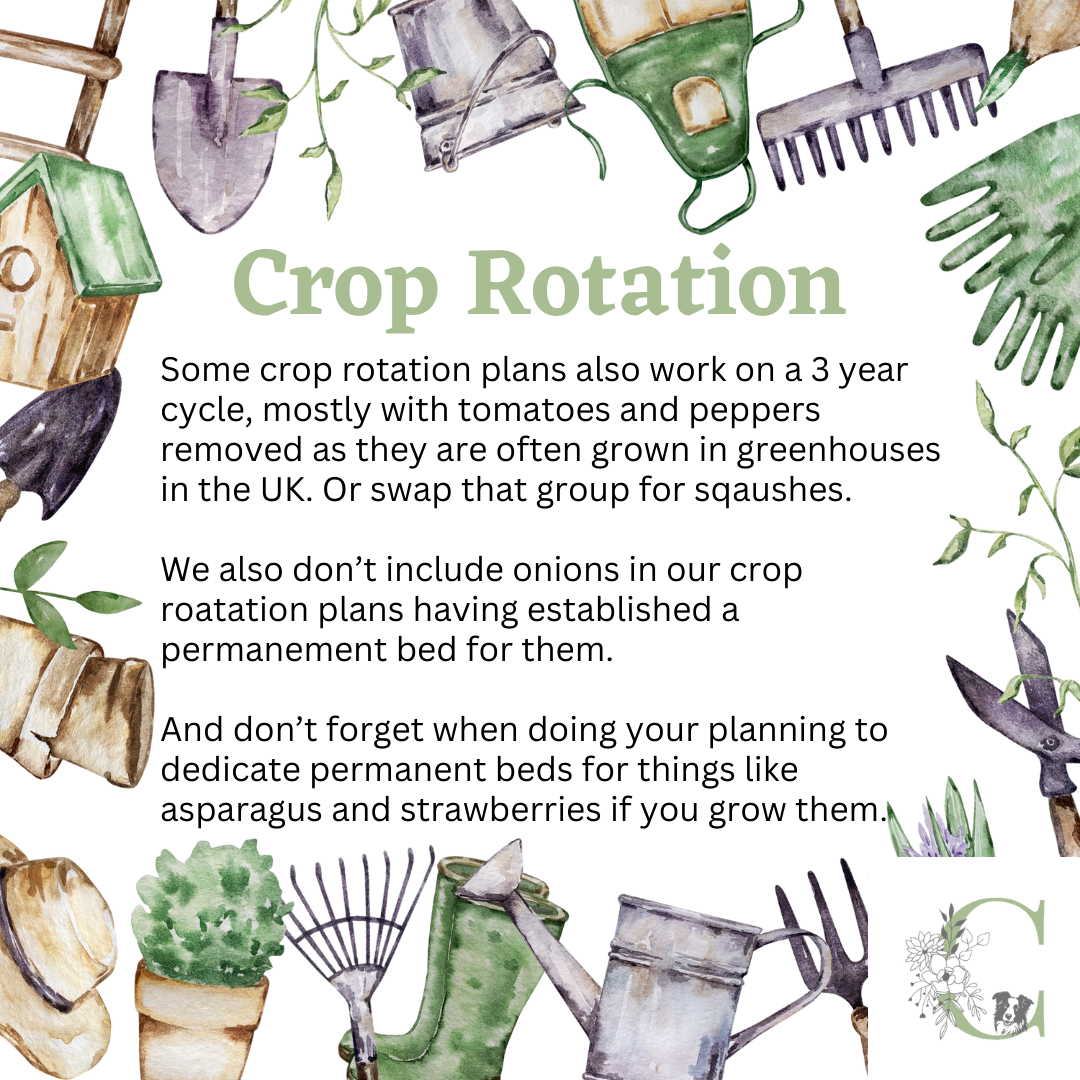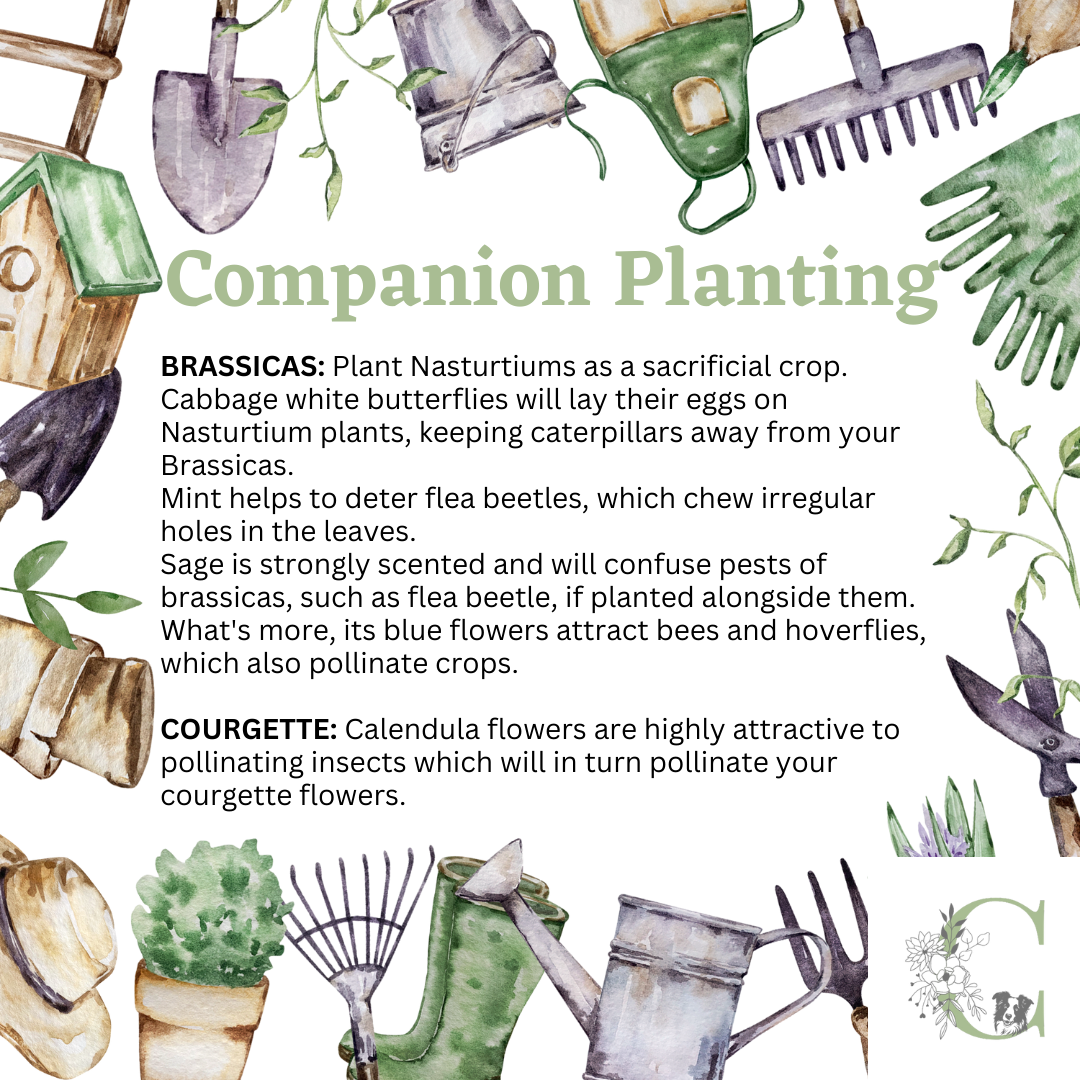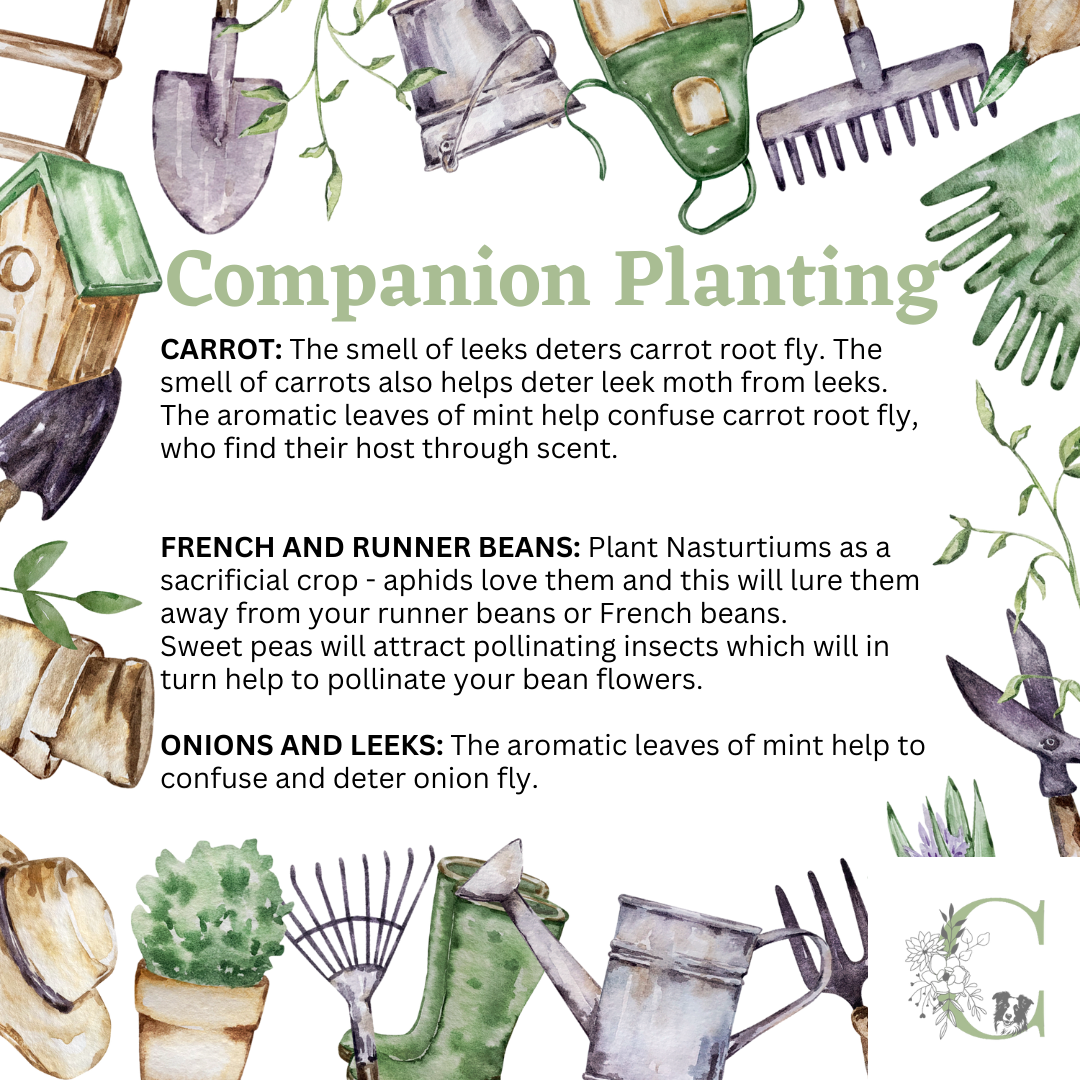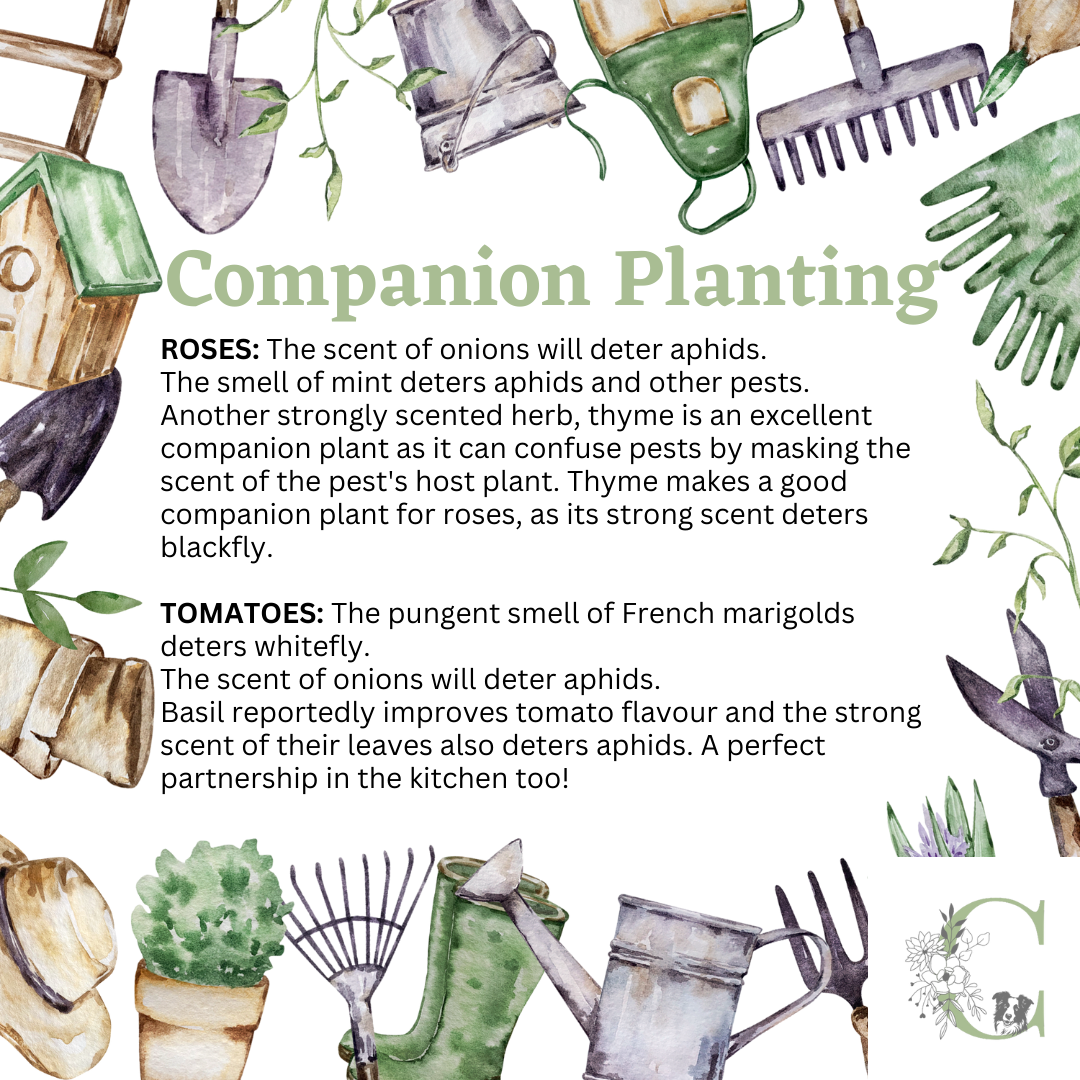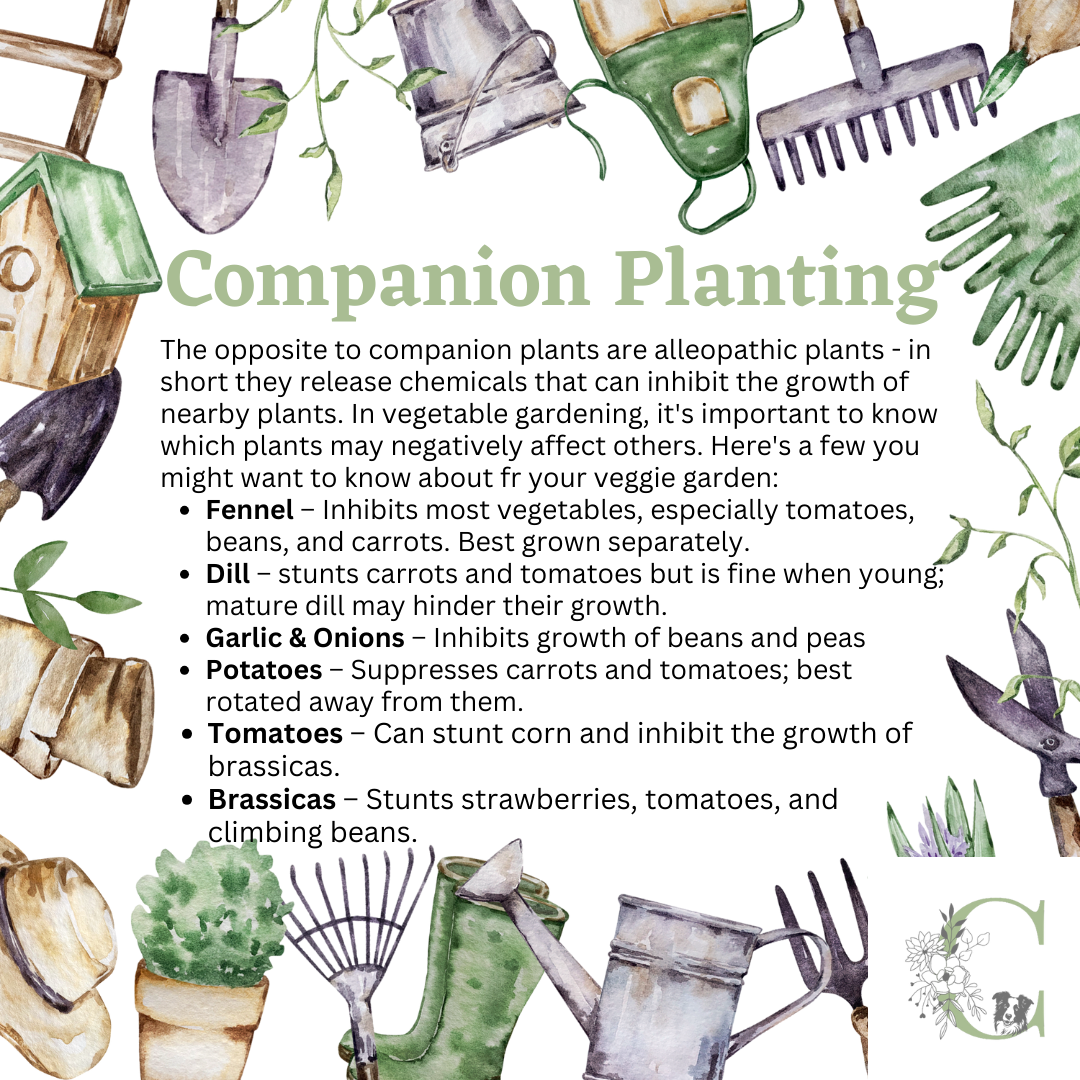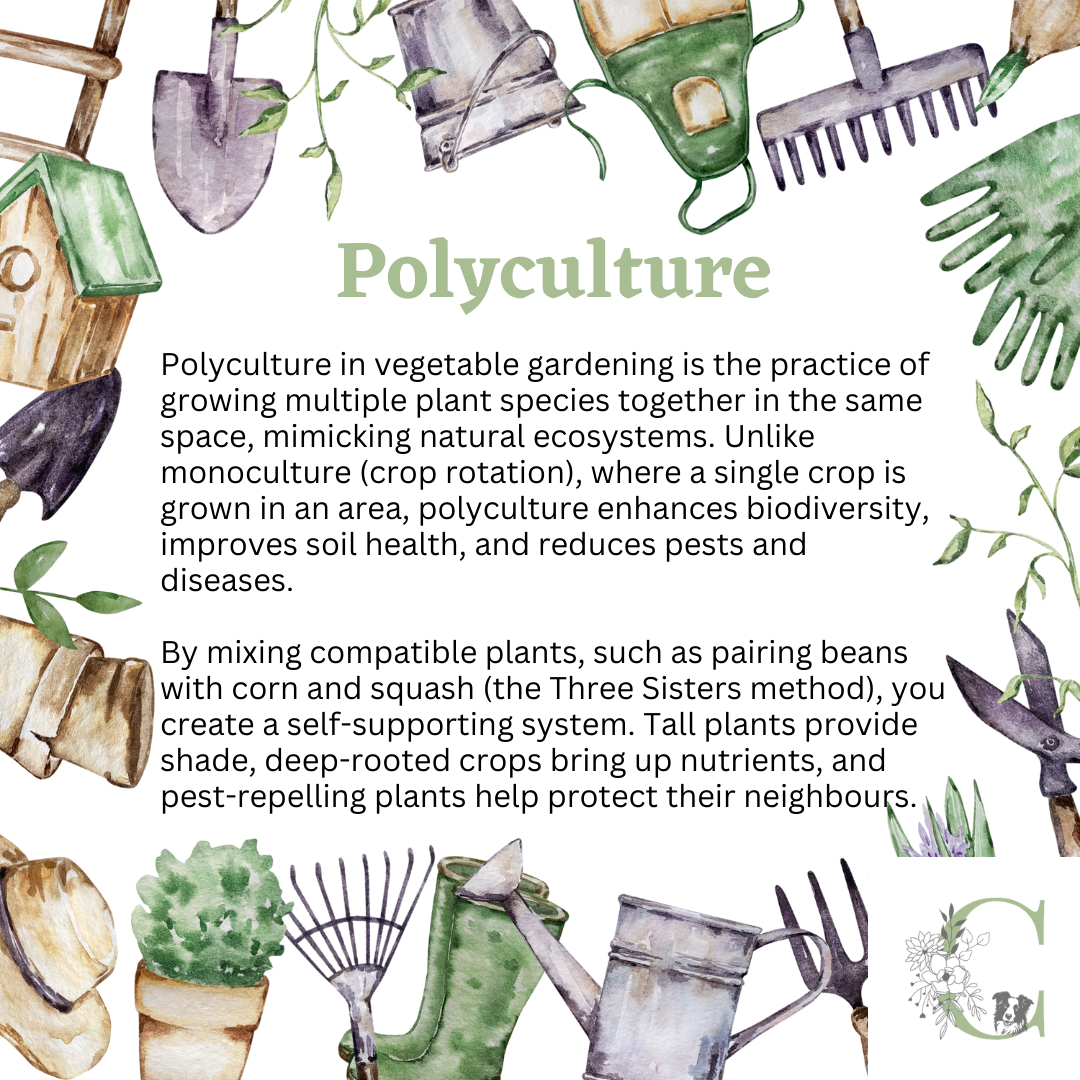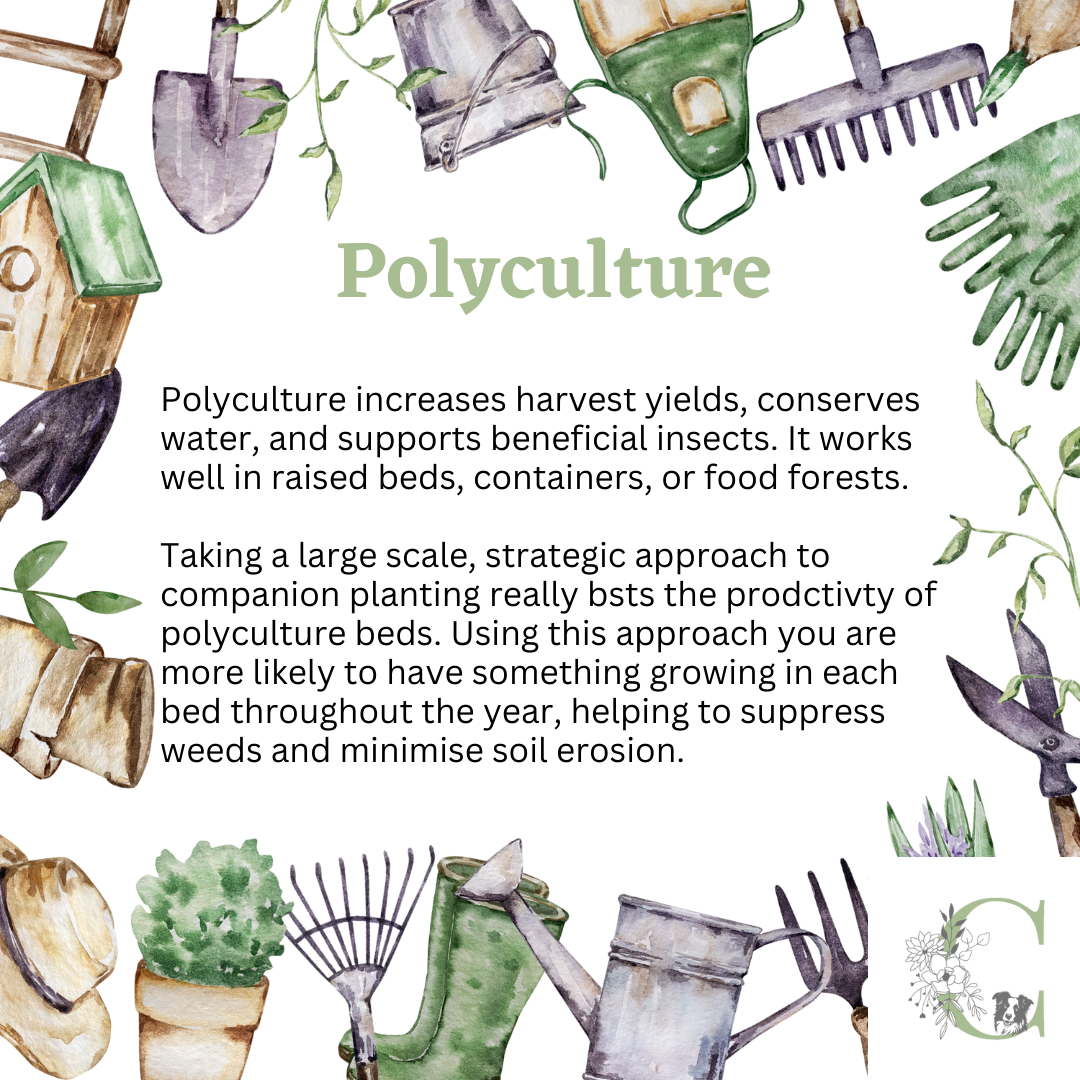Crop rotation, companion planing and polyculture
Improving vegetable garden health and productivity
This is something I’ve been wanting to write down for ages, because espeically when I try to explain a crop rotation plan verbally it becomes a mess, a few words and a diagram is much easier to point you all to.
In this post I’m covering crop rotation, companion planting and polyculture; and the reason I’m covering them all together is because sometimes we can get a bit evangelical about our preferred methods. And lets be honest, each of them have their advantage has its advantages, and they are not mutually exclusive - many gardeners use a mix - I know I do. The best approach is the one that best suits you!
Crop rotation, companion planting, and polyculture are all effective methods for improving vegetable garden health and productivity, but they differ in their approach. Here’s what hopefully is a balanced a comparison of their benefits and challenges:
Crop Rotation: Changing plant families’ locations each year to maintain soil fertility and reduce pests/diseases.
Pros:
- Prevents soil depletion by varying nutrient demands.
- Disrupts pest and disease cycles.
- Improves soil health over time.
Cons:
- Requires careful planning.
- Harder to implement in very small gardens or containers
Companion Planting: Pairing plants that benefit each other by improving growth, repelling pests, or enhancing soil quality.
Pros:
- Naturally deters pests without chemicals.
- Can improve flavour and growth (e.g., basil with tomatoes).
- Maximises space efficiency.
Cons:
- Requires knowledge of plant relationships.
- Effects can be unpredictable or vary by location.
Polyculture: Growing multiple plant species together to mimic natural ecosystems.
Pros:
- Increases biodiversity and resilience.
- Reduces risk of total crop failure.
- Improves soil structure and reduces erosion.
Cons:
- Can be harder to manage than monoculture.
- Requires thoughtful plant selection to avoid competition.
If you really pushed me to give a preferred approach, I’d say companion planting because its principles can be applied to both crop rotation and polyculture approaches.
Setting out the pros and cons of each is all well and good, but in practicality what do they look like and how do you do them? The images below walk you through everything I think you need to know in a nutshell to work out how you could apply any of these principles to your veggie garden.

